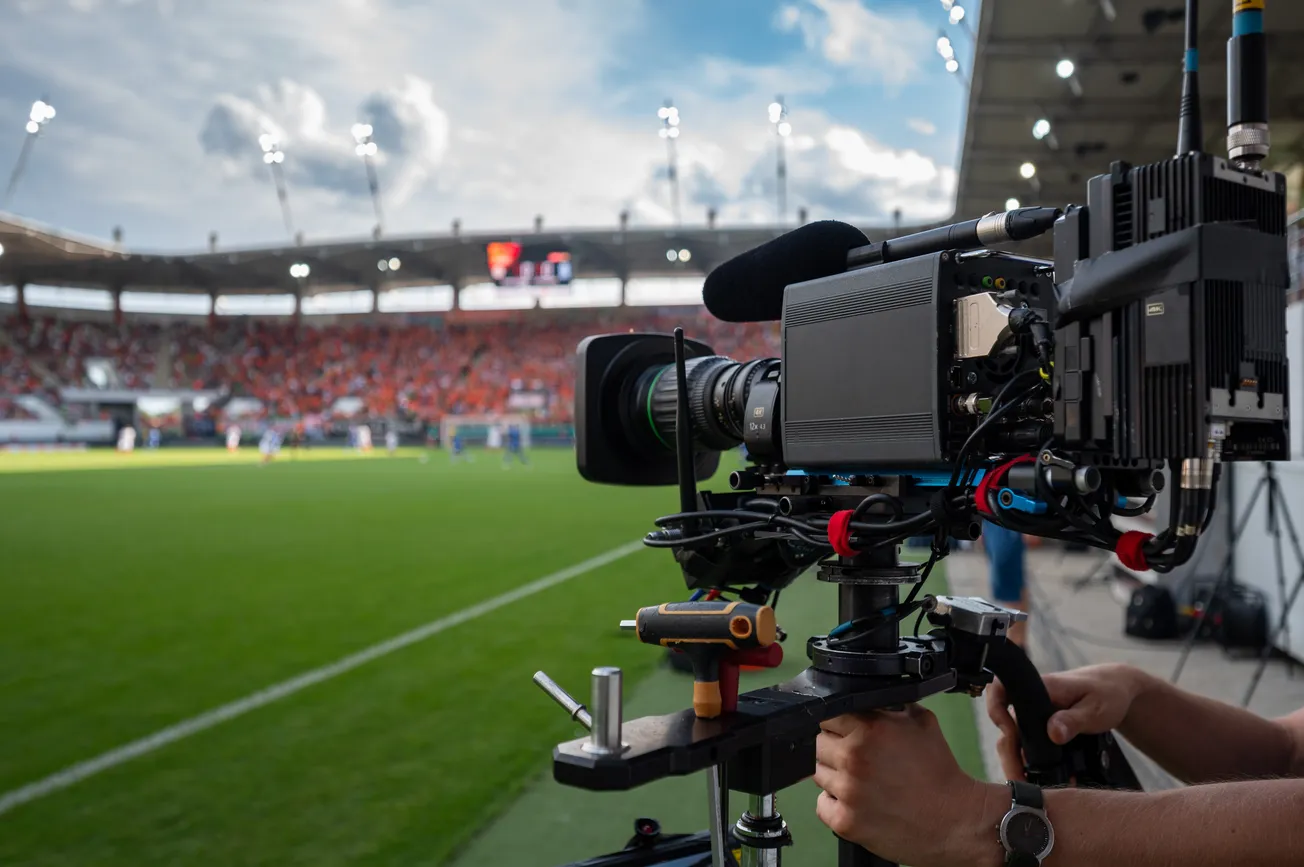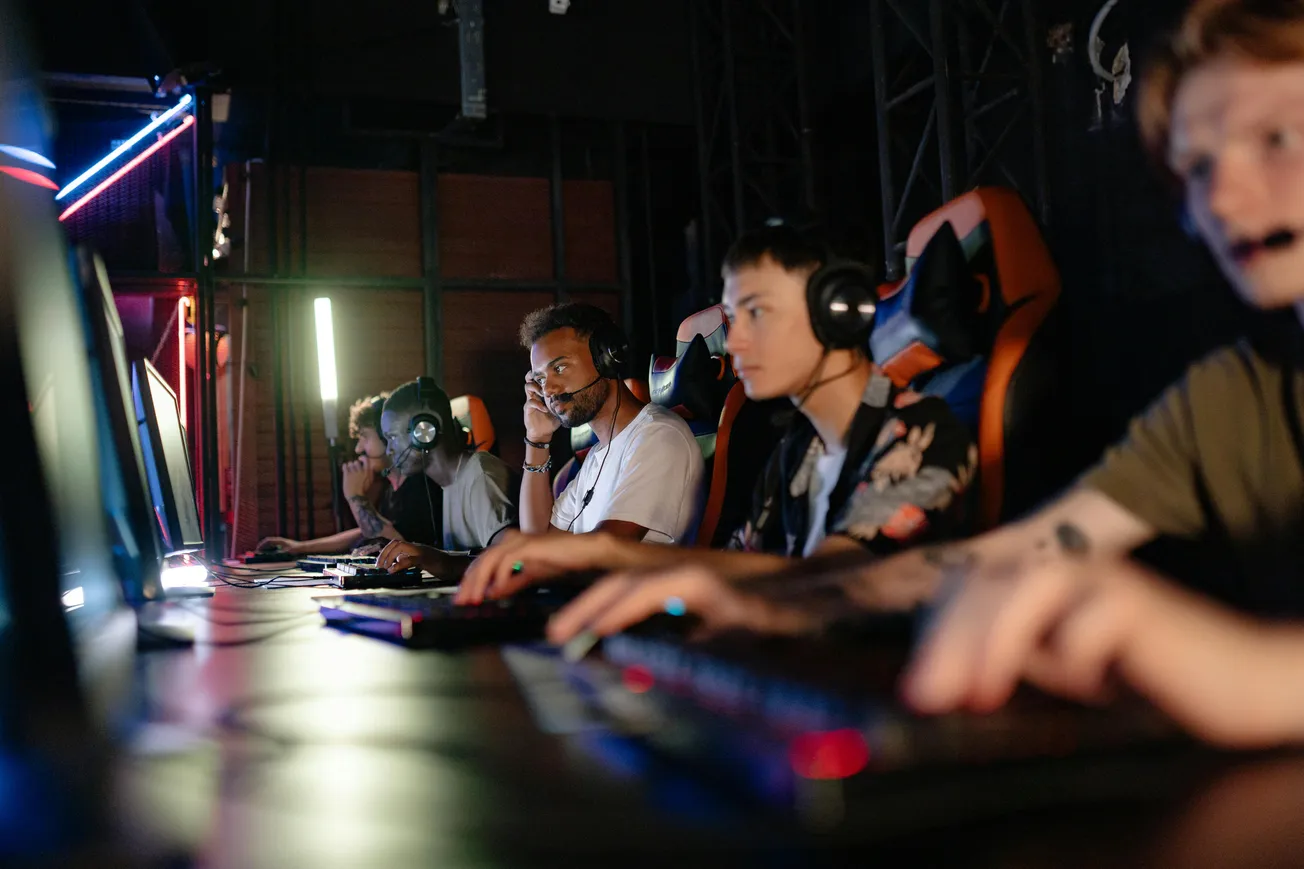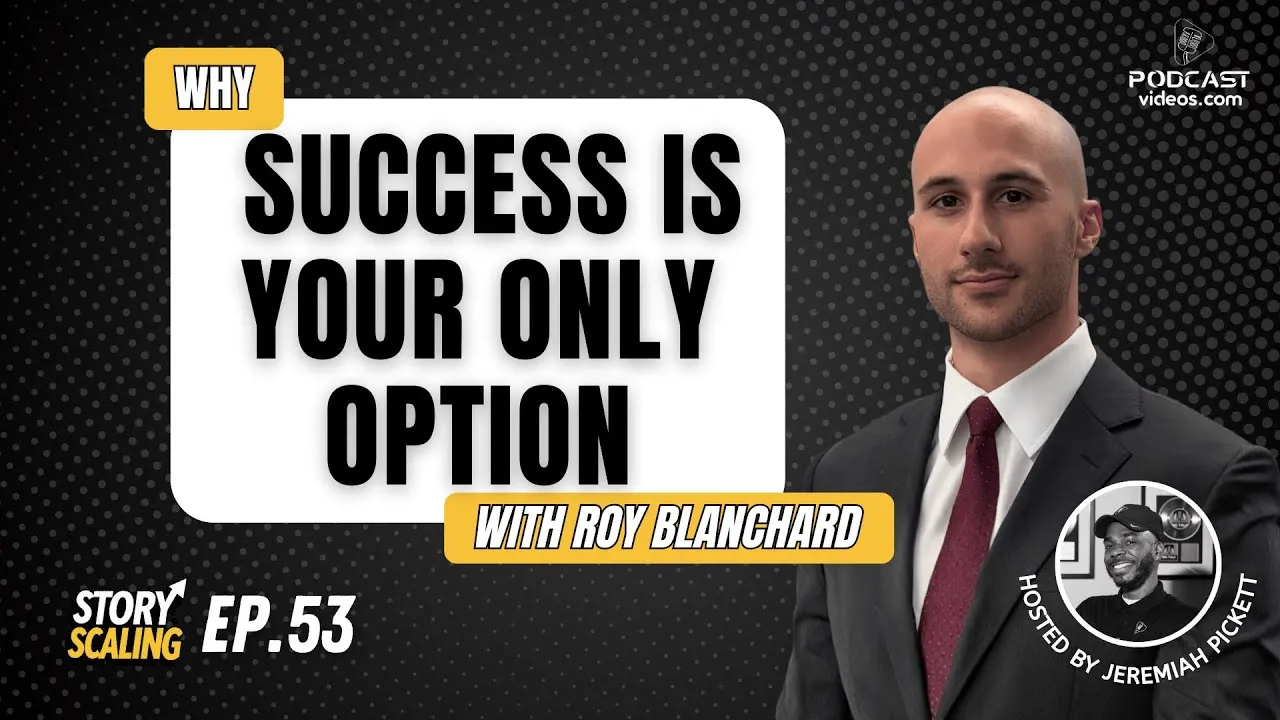Understanding Your Options
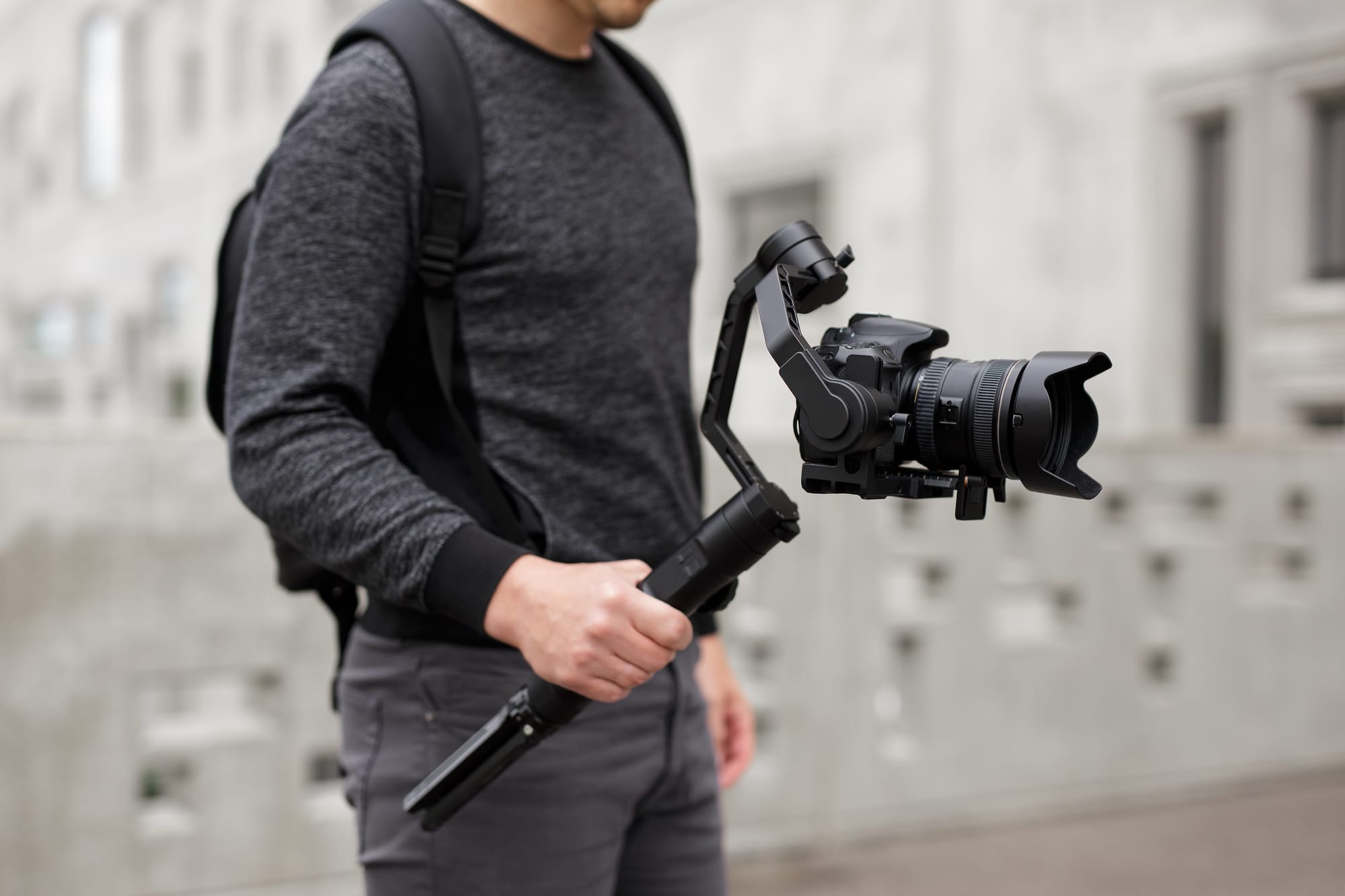
What Is a Gimbal?
- A motorized stabilizer using 2‑axis or 3‑axis brushless motors to detect and counteract hand motion in real-time. Ideal for cinematic, flowing shots while moving.
- Widely used in vlogs, walk‑and‑talks, events, drone footage and mobile filming due to its dynamic smoothness.
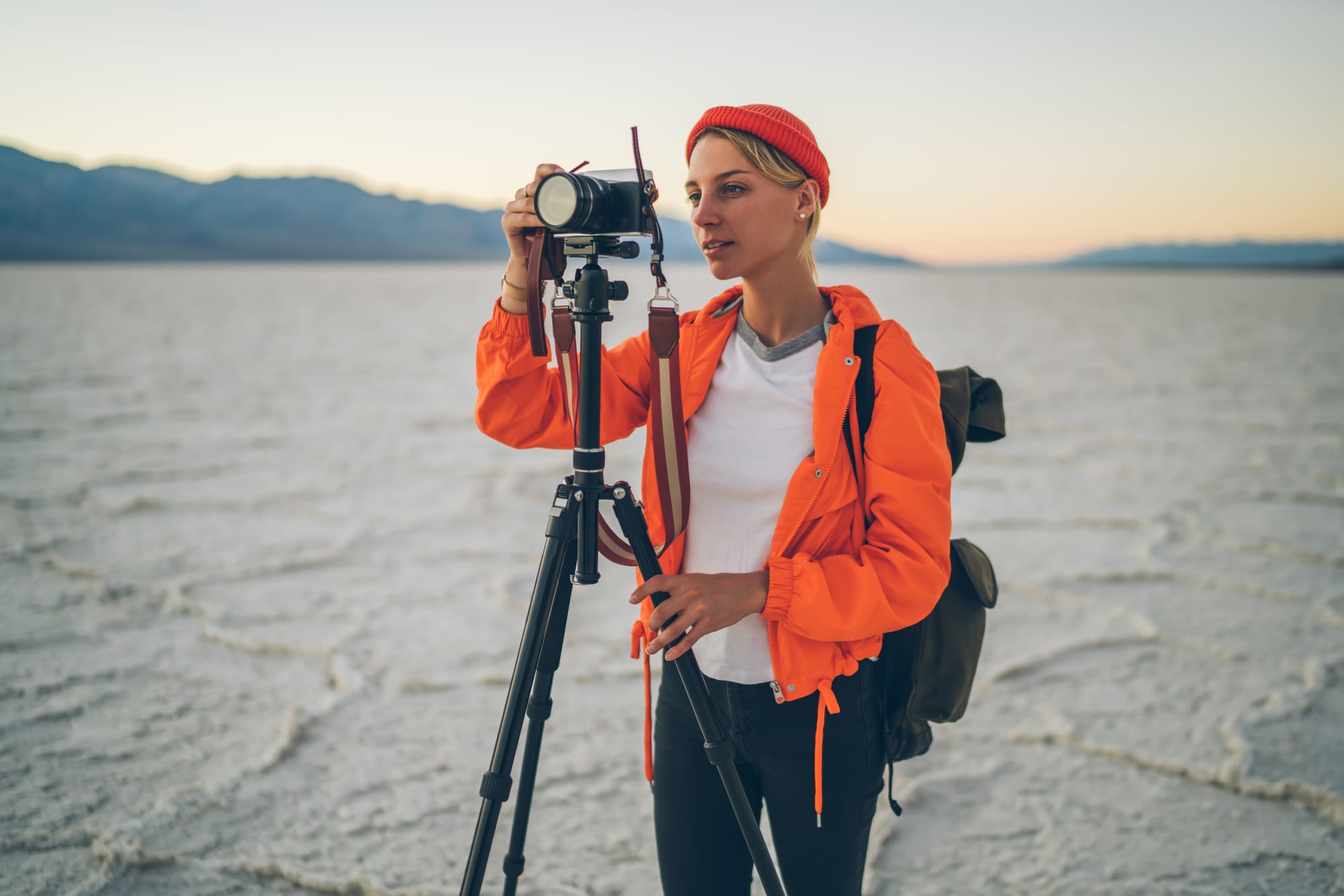
What Is a Tripod?
- A mechanical support system offering unmatched stability for static shots, long exposures and interview setups. Simple and reliable without electronics.
- Excellent for landscape, product and time-lapse photography, with easy setup and no battery dependency.
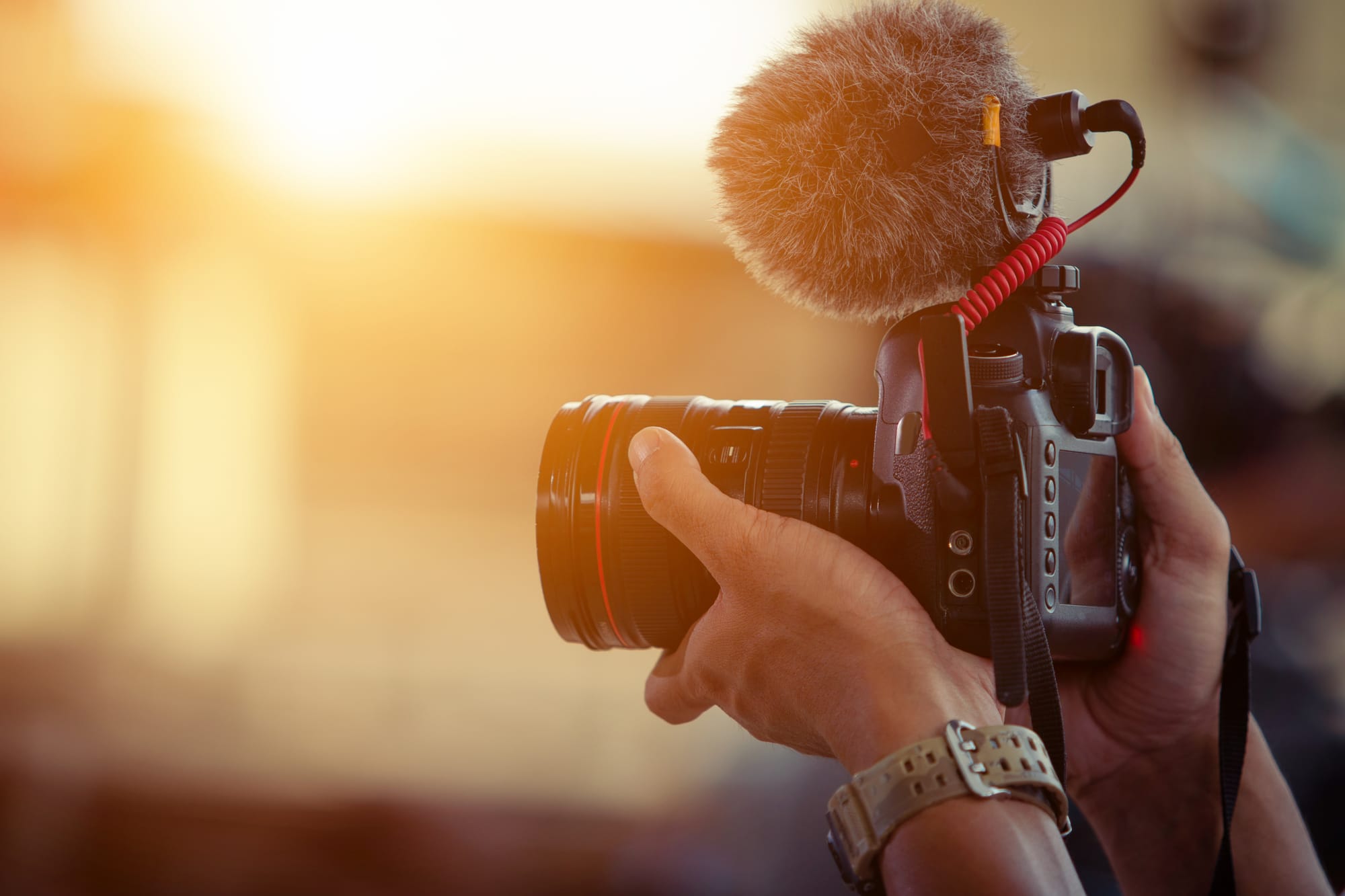
Go-Handheld (No Stabilizer)
- Choosing to shoot unassisted by gear can work if your format is naturally static or if movement is not frequent.
- Requires good technique. Keeping steady posture and moving with intent and may rely on in-camera digital stabilization.
When to Use Each Option
When to Use a Gimbal:
- You are capturing movement like walking, following someone, filming events or creating cinematic B-roll.
- You want fluid, motion-rich visuals like pans, slides or tracking shots without shake.
- Higher cost, heavier gear, battery recharge needs and a learning curve for balancing and mode control.
When to Use a Tripod:
- Shooting interviews, talking-head videos, low‑light scenes, long exposures or stationary creative formats.
- You need consistent framing, precise alignment or use telephoto lenses for photography.
- Simplest setup, no power required and great for static or professional subjects.
When to Go Handheld:
- Content is casual, spontaneous or closely framed, like face-to-face chats or vlog selfies.
- Setup speed is important and audience expectations can accept slight camera movement.
- You are comfortable relying on body control or small in-camera stabilization.
Real‑World Scenarios
- On-the-go vloggers benefit from a gimbal for moving shots but switch to a tripod for intros or sit-down segments.
- Solo creators filming tutorials may rely on a tripod plus handheld pickup for B-roll.
- Minimalists or social-first creators might go entirely handheld, especially with stabilized smartphones.
Other Stabilization Options
- Monopods, shoulder braces or sliders help with support and mobility and can complement core tools like gimbal or tripod.
Final Verdict
- Choose a gimbal if you need fluid camera movement and dynamic storytelling.
- Choose a tripod if your format is static, deliberate or focused on precision and consistency.
- Opt for handheld only if speed, simplicity and a raw aesthetic serve your content.
Often, combining both tripod and gimbal in your toolkit gives you flexibility to match the shot to the story, like studios and event creators do.


